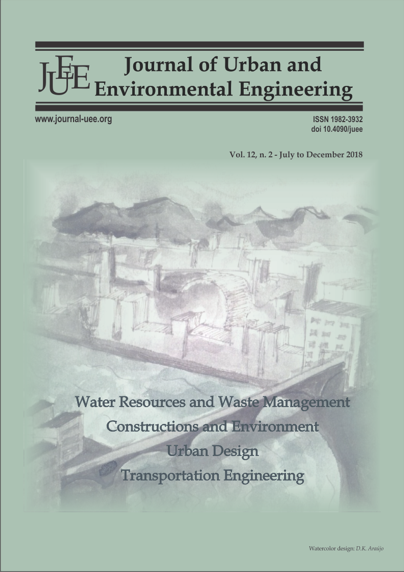MODELING SPATIAL DYNAMICS APPLIED TO THE ASSESSMENT OF URBAN GROWTH IN THE VICINITY OF PIPELINES IN RIO DE JANEIRO
DOI:
https://doi.org/10.4090/juee.2018.v12n2.277-286Keywords:
pipeline safety, statistical modeling, landscape dynamics, DINAMICA, oil pipelinesAbstract
The use of mathematical models in environmental studies allows significant scientific contributions to the physical planning of an area, since they help to understand the impact of changes in land cover and predict future trends of changes in ecosystems. The study area includes portions of the municipalities of Duque de Caxias, Nova Iguaçu, and Belford Roxo, located in the state of Rio de Janeiro, Brazil, and aims to carry out experiments in land cover changes in the medium-term (10 years) within the catchment area of ORBEL pipelines. The modeling performed in this study was developed using the software Dinamica EGO. For model calibration, we used the weights of evidence method. Positive values foster certain transitions, while negative values indicate low probability of transition. Model validation was executed by means of the fuzzy similarity method using exponential decay. The results show that for the study period (1998-2010) the rate of change for the transition of the class 'others to woody vegetation' is much higher than for the other class transitions observed in the same periods. One annual land cover scenario was generated for the year 2020. The scenario indicated the growth of suburbs near the ring road around Rio de Janeiro, especially in the municipality of Duque de Caxias.Downloads
Download data is not yet available.
Downloads
Published
2019-01-03
Issue
Section
Articles




